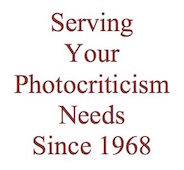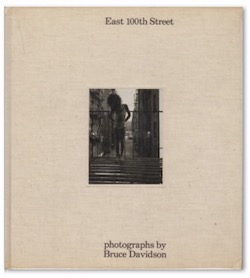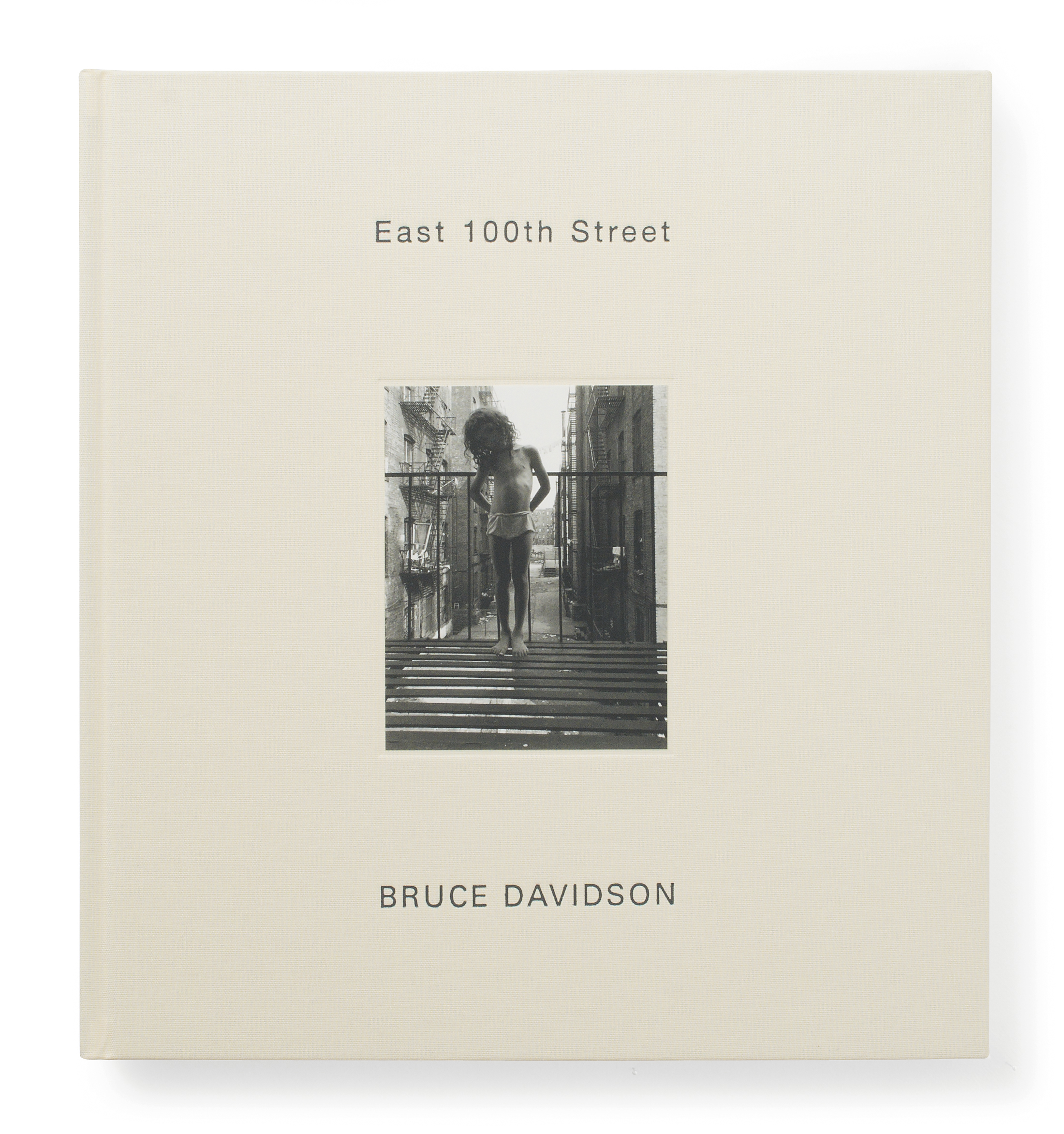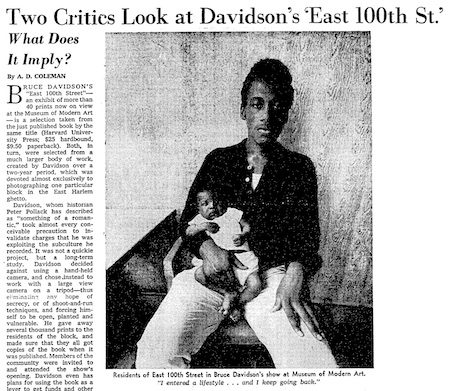 [Frank Norris’s early 20th-century muckraking novels The Pit and The Octopus numbered among the first adult books I read (at my parents’ suggestion), when I was 11 or so and, with their permission, had access to the adult section of our local public library.
[Frank Norris’s early 20th-century muckraking novels The Pit and The Octopus numbered among the first adult books I read (at my parents’ suggestion), when I was 11 or so and, with their permission, had access to the adult section of our local public library.
Just recently I learned that the assertion “Writers don’t like writing; they like having written” gets traced, most convincingly, to Norris. Whatever its source, I don’t altogether agree with the first clause of this observation, though I’ve repeated it on a number of occasions. But I certainly agree with the second clause; “having written” — which, in Norris’s case and my own, tacitly includes having published — has almost invariably proved a source of satisfaction and even pleasure.
At the moment I don’t feel much motivation to write — not because I find the process difficult or unpleasant but because I don’t have much to say. Or, perhaps more accurately, have not yet found a way to articulate whatever I have to say. Hence, in part, the long silence here at this blog. So I have decided to prime the pump for my return to regular production by dipping into the archives, to remind myself of the satisfactions of “having written.” I’ll start with this piece, published almost 50 years ago in the New York Times on October 11, 1970. — A.D.C.]
•
Bruce Davidson’s “East 100th Street”
by A. D. Coleman
Bruce Davidson’s “East 100th Street” — an exhibit of more than 40 prints now on view at the Museum of Modern Art — is a selection taken from the just-published book by the same title (Harvard University Press; $25 hardbound, $9.50 paperback). Both, in turn, were selected from a much larger body of work, created by Davidson over a two-year period, which was devoted almost exclusively to photographing one particular block in the East Harlem ghetto.
Davidson, whom historian Peter Pollack has described as “something of a romantic,” took almost every conceivable precaution to invalidate charges that he was exploiting the subculture he recorded. It was not a quickie project, but a long-term study. Davidson decided against using a hand-held camera, and chose instead to work with a large view camera on a tripod — thus eliminating any hope of secrecy, or of shoot-and-run techniques, and forcing himself to be open, planted and vulnerable. He gave away several thousand prints to the residents of the block, and made sure that they all got copies of the book when it was published. Members of the community were invited to and attended the show’s opening. Davidson even has plans for using the book as a lever to get funds and other sorts of assistance for the neighborhood.
Davidson’s intent, therefore, went far beyond mere profiteering off an oppressed subculture, and there is no questioning the sincerity of his motives or his commitment to his subjects. As he says in his brief preface to the book, “I entered a lifestyle and, like the people who live on the block, I love and hate it and I keep going back.”
Yet, at the risk of being accused (as I often am) of “injecting politics into aesthetic criticism” (conjuring up images of myself as a mad doctor out of a Terry Southern novel, poised above the typewriter, cackling maniacally and wielding a gigantic hypodermic), I must make clear my belief that “East 100th Street” cannot, by its very nature, be discussed as though its aesthetic import were completely divorced from its “political” significance, for the two are very much intertwined — inseparably so, in fact.
If this were not so, then Davidson would surely have felt no need to take these extensive precautions listed above — for, in a “non-political” context, charges of ripping off repressed subcultures are never made. Dorothea Lange did not have to placate anyone by giving away prints, nor Walker Evans, nor Lewis Hine. I am not saying that Davidson should not have done so; the situation obviously demanded it, and Davidson acknowledged the rightness of that obligation and fulfilled it. But that the demand was there, even if tacitly, even if only in Davidson’s conscience, does prove that the situation has other than aesthetic ramifications.
This is because, in the context of East Harlem, Davidson is inarguably not only an outsider but an alien. He is neither black nor Puerto Rican, but white; he may, like the block’s residents, “love and hate” this ghetto — but, unlike them, he has the option of leaving which is implicit in his impulse to “keep going back.”
•
Does this mean that Davidson’s work — or, for that matter, any white photographer’s documentation of non-whites — is invalid? By no means. But it does imply that such work, no matter how good — and Davidson’s is very good — is limited. Limited because, no matter how insightful a white photographer may be, and despite all precautions he may take, he remains white and therefore alien. Thus, even when there is mutual admiration and respect between photographer and subject, there is automatically a barrier, for they stand on different sides of the socio-cultural fence.
This is apparent in all of Davidson’s images, noticeable as a guarded quality, a wariness on the parts of the photographer and his subjects. There is a thin line being trodden in these images, and it is something more than the already difficult process of making a portrait. Something is being kept back by the subjects, and while Davidson has recorded that keeping-back process superbly, he hasn’t caught the something that was withheld.
Perhaps this is because, in a peculiar way, Davidson himself is withholding something — there is a caution in his eyes as well as in those of his subjects. It expresses itself indirectly but nonetheless visibly, in the very fact that his images are, without exception, beautiful. Not grim, not ugly, not chilling — even the photograph of a rat scuttling across a garbage-strewn alley brings no shivers of revulsion.
In other words, Davidson has transmuted a truth which is not beautiful into an art which is. If the reality on which that beauty is based were transmuted at the same time, I would have no objections, but it is not; for those who live on East 100th Street, the garbage which provides Davidson with such strikingly forceful compositions will continue to stink and decompose, and may even endure longer than Davidson’s superb prints.
This is one of the paradoxes of contemporary documentary photography, and Davidson is not to be faulted for coming up against it. (This same paradox is operative in the many projects, doubtless well-meant, whereby ghetto youths are trained in the use of the camera and turned loose in their neighborhoods: “You thought all that squalor and degradation was just squalor and degradation — but it’s really the raw material for art. And now, instead of starving because you’re oppressed, you can starve because you’re an artist, and you know that artists are supposed to suffer …”)
However, if photography is to help change (and not just record) such horrors as the conditions on East 100th Street, then photographers are going to have to abandon their concern with Art and Beauty and start making stark, grim, ugly, repulsive images — images so ghastly that none of us will be able to eat or sleep or go to museums until we know that such conditions no longer exist. We need images as strong, as simple, as “artless” as those of Hine and Riis, for anything less permits us the delusion that this brutalization of the human spirit serves some purpose, if only to provide photographers with ripe subject matter.
•
But even those photographs, if they come — as I pray they will, and soon — will not be enough if they are made exclusively by white photographers. If we are to come to terms with the situation, as a first step toward improving it, then we need to hear (and see) from the other side. We need, in short, exhibits by the best minority photographers — not held uptown, but hung in the same museums and galleries as those by whites. It is little short of scandalous that the Museum of Modern Art has never given a one-man show to a non-white photographer, for there are many at least as talented as some of those photographers the museum has chosen to show over the years.
 That such an exhibit — or, ideally, series of exhibits — might seem a little, well, forced, is beside the point. So what? The situation at this point is critical, and rapidly deteriorating. If the Museum of Modern Art intends to wait until such an exhibit will not have “political” overtones, it runs the risk of becoming entrapped in what I hope is an inadvertent but nonetheless definitely racist policy. Given the museum’s lack of concern over the political implications of Davidson’s show — and there certainly are such implications, at this point, in any exhibit of images made in a non-white community by a white photographer, mounted in a white museum where no non-white photographer has even had a show of equal size — such over-concern comes too close to hypocrisy to be credible.
That such an exhibit — or, ideally, series of exhibits — might seem a little, well, forced, is beside the point. So what? The situation at this point is critical, and rapidly deteriorating. If the Museum of Modern Art intends to wait until such an exhibit will not have “political” overtones, it runs the risk of becoming entrapped in what I hope is an inadvertent but nonetheless definitely racist policy. Given the museum’s lack of concern over the political implications of Davidson’s show — and there certainly are such implications, at this point, in any exhibit of images made in a non-white community by a white photographer, mounted in a white museum where no non-white photographer has even had a show of equal size — such over-concern comes too close to hypocrisy to be credible.
•
This closed circuit — whereby, in museums, in galleries, and in publications, we see images of non-white subcultures taken exclusively by whites — must be broken. To do so at this tormented moment, not furtively but by conscious and announced decision, would be an act of courage, not cowardice. Out of the resulting contrasts might come a fuller and deeper understanding of what it means to be black (and white) in America today.
Until such a breakthrough comes — and the burden of it for obvious reasons, must fall on the Museum of Modern Art — all photographs of nonwhites made by whites (including Davidson’s, despite his precautions and for all their virtues) will be suspect, for we ourselves, as audience, will continue to lack the knowledge and understanding necessary to gauge their true merits and flaws. Thus we are not only deprived of the view from one side, but are in fact being cheated out of both. And, caught as we are in the grips of a spiritual as well as a fiscal recession, we will not be able to afford that luxurious but debilitating blindness any longer.
•
•
Note: At my suggestion, the Times solicited a second opinion on this show, commissioning a review by Philip Dante that ran side by side with mine, both of them under the title “Two Critics Look at Davidson’s East 100th Street.” My critique had the subtitle “What Does It Imply?” Dante’s had the subtitle “But Where Is Our Soul.” (His review of the show and book appears in the online Times archive, available to subscribers.)
I proposed this dual-review approach to Arts & Leisure section editor Seymour Peck because — as an outsider myself to the community and minorities represented in Davidson’s project — I felt that we needed some counterbalancing perspective, especially given the argument I make in the review. I never met Dante, but most likely I mentioned the LatinX photography collective En Foco as a starting point, so Peck would have found and chosen Dante for this assignment. Born to Puerto Rican immigrants in New York City in 1934, Dante — a founding member of En Foco — was a musician and a photographer who spent time as W. Eugene Smith’s assistant. He died in 2004.
A selection of the images appears at the Magnum website. You can find materials relevant to the Museum of Modern Art exhibition of Davidson’s project here: wall label, press release, checklist, installation shots. St. Ann Press in Los Angeles published an expanded second edition of the Davidson book in 2003.
•
[Postscript, April 25, 2020: In an online sale scheduled to run from April 28-May 12, 2020, Bonhams has offered “A large selection of prints from the series, once owned by the legendary Magnum photo editor, Jimmy Fox.” According to the related press release, this set “leads the Photographs Online Sale in New York … [and] has an estimate of $40,000-60,000.”
•
This post sponsored by a donation from Carlyle T.
•
Special offer: If you want me to either continue pursuing a particular subject or give you a break and (for one post) write on a topic — my choice — other than the current main story, make a donation of $50 via the PayPal widget below, indicating your preference in a note accompanying your donation. I’ll credit you as that new post’s sponsor, and link to a website of your choosing.









Dante’s article in the NYT is pretty unenlightened and almost mean (jealous?) written from the safety of his desk. Let us remember this was Harlem in the 1970s when NYC went almost bankrupt and drugs were everywhere. It was a difficult and dangerous project to accomplish. Yes there is esthecizing but without it who would have seen those images (it even won the first book award in Arles in 1971). Now it remains a very valuable testimony of that time as well as of Davidson’s craft, art, and humanity. It is in fact to Szarkowki’s credit to have shown the work instead of purely formalistic exhibitions.
Actually, this was Spanish Harlem at the tail end of the 1960s.
I wouldn’t disagree with your statement that Davidson’s project was and remains valuable. But Herb Goro’s comparable project The Block, also published in 1970 and no less valuable (though way less celebrated, indeed rarely mentioned), achieved the same goal without the estheticization.
I would suggest that the formal aspects of Davidson’s work appealed to Szarkowski, making it possible for him to rationalize this sponsorship of Davidson’s project. Clearly the formal aspects of Roy DeCarava’s work did not.
To what extent outside pressures on MoMA to become more inclusive — including my own — affected this and subsequent curatorial decisions in the Department of Photography I can’t say.
For more on this, see my comments on Michael Abramson’s Palante (1971).
You got Bruce right, all those years ago. It became even worse with “Subway” when he used a rangefinder. Some genius “content director” now recycles these pictures on the Magnum Instagram account where it unmistakably appears as a photographic assault designed to essentialize the black body. How has he gotten away with this for so many decades?
PS – In my blog-adjacent, The Dannin Papers, I described the abusive way he treated the Magnum staff, screaming, ranting, berating until it hurt.
When I taught at New York University in the ’80s I regularly assigned students in my classes to engage with a critical essay of their choice as a written assignment. One of them, who happened to be working for Davidson as an unpaid intern, boldly decided to take on this very essay. Unfortunately, despite what I had exposed her to in my classes regarding the issues of insider-vs-outsider observation, she didn’t engage with that question at all, simply endorsing Davidson.
The proof she offered of his fundamental integrity and goodness? She had personally witnessed him making baloney and white bread sandwiches to hand out to the homeless people who camped out across the street from his Central Park West apartment building …
She had absolutely no idea how funny (and resonant) an image she had crafted there.
You and Mr Dante made the same point: The race of the photographer matters. I disagree with both of you. I looked at each photo of the “East 100th St.” available on the links you provided, and could not see anything that gave a clue about the race, gender or age of the photographer. I agree with Mr. Davidson who replied to both critics in 2015:
I didn’t have to be black or Puerto Rican to take photographs on East 100th Street, I just had to stay there long enough for people to understand what I was about. And I still, to some extent, have a relationship with those people.
— Bruce Davidson, Aperture, No. 220, The Interview Issue (Fall 2015), pp. 94–107. (Wikipedia)
You’re conflating two different issues. The first concerns the question of how, and to what extent, a photographer’s race, gender, gender preference, age and other factors shape his or her or their imagery and work. I did not suggest in my article that Davidson’s white middle-class male perspective on Spanish Harlem in any way invalidated his images or his project, nor that one had to be black or Puerto Rican to photograph in that community, especially if one did so with permission and respectfully, as Davidson did.
And while I believe that age, ethnicity, gender, class, etc. necessarily shape and to some extent even determine how and what a photographer sees and decides to communicate, I remain unpersuaded, 50 years later, that those factors manifest themselves in ways we can identify in a given photograph or set of pictures. In short, I’m not convinced that there exists a phenomenen in photography that we can identify as a “woman’s eye,” etc. (And don’t get me started on the dreaded “male gaze.”)
That’s very different from the question of who gets to do the representing of a particular culture or microculture and who gets represented. This addresses the power dynamic inherent in the act of representation, and the difference between representation created from within a given community and representation produced by an outside observer — the politics of insider vs. outsider representation, and the ramifications thereof. As I put it in that article, “[N]o matter how insightful a white photographer may be, and despite all precautions he may take, he remains white and therefore alien [within a community of people of color]. Thus, even when there is mutual admiration and respect between photographer and subject, there is automatically a barrier, for they stand on different sides of the socio-cultural fence.”
Not coincidentally, that latter issue had come to the foreground in the 1960s, not just in photojournalism and documentary photography and journalism but, more broadly, in the observational disciplines — sociology, anthropology, ethnography, et al — as well as in art, literature, and other fields. Alert to that debate, I sought in this review (and in others that preceded it and followed it in my platforms at the Village Voice and New York Times) to apply its underlying concepts to a photography case in point. So far as I can tell, this article was among the first to broach those issues in a national platform insofar as it pertained to that medium.
For more on this, see my comments on Michael Abramson’s Palante (1971).
A thought experiment: Let’s imagine that a well-to-do African American photographer of equal skill and reputation at the time — Gordon Parks, perhaps — had opted to spend the better part of two years photographing in a slum populated predominantly by poor white people. For the purpose of having an expensive coffee-table book published by a prestigious historically black college (Howard University Press, for example), and a solo exhibition of a selection of the images at the Studio Museum in Harlem. With the images then and thereafter licensed by a high-profile picture agency that exclusively represented black photographers for use by book and periodical publishers who directed their outputs primarily to a black readership.
Can you envision a discussion of the resulting presentations that did not weigh the disparities of race and class underlying the dynamic of the production of those pictures, the completed project, the distribution of them, and the institutional sponsorship thereof? Would you consider those issues irrelevant and inappropriate?
Glad to see you remain well! I was working my way around to “AD doesn’t know me from Adam, but I would quite like to know if he’s OK, should I just send email?”
It is maybe worth noting that there’s a pretty good school of thought these days that Dorothea Lange and Walker Evans were awful exploiters, etc etc. Not sure I’ve seen the charge leveled at Hine, but then, those who would level the charge are much less likely to know who he is.
It is depressing to me how much criticism like this piece seems to have vanished from the world. It’s all either thinly veiled plugs, or thinly veiled political screeds. Most would-be critics seems to almost ignore the actual photos.
I hope that you and yours stay safe and healthy.
At his blog Re-photo, Peter Marshall posted a thoughtful commentary on this post.